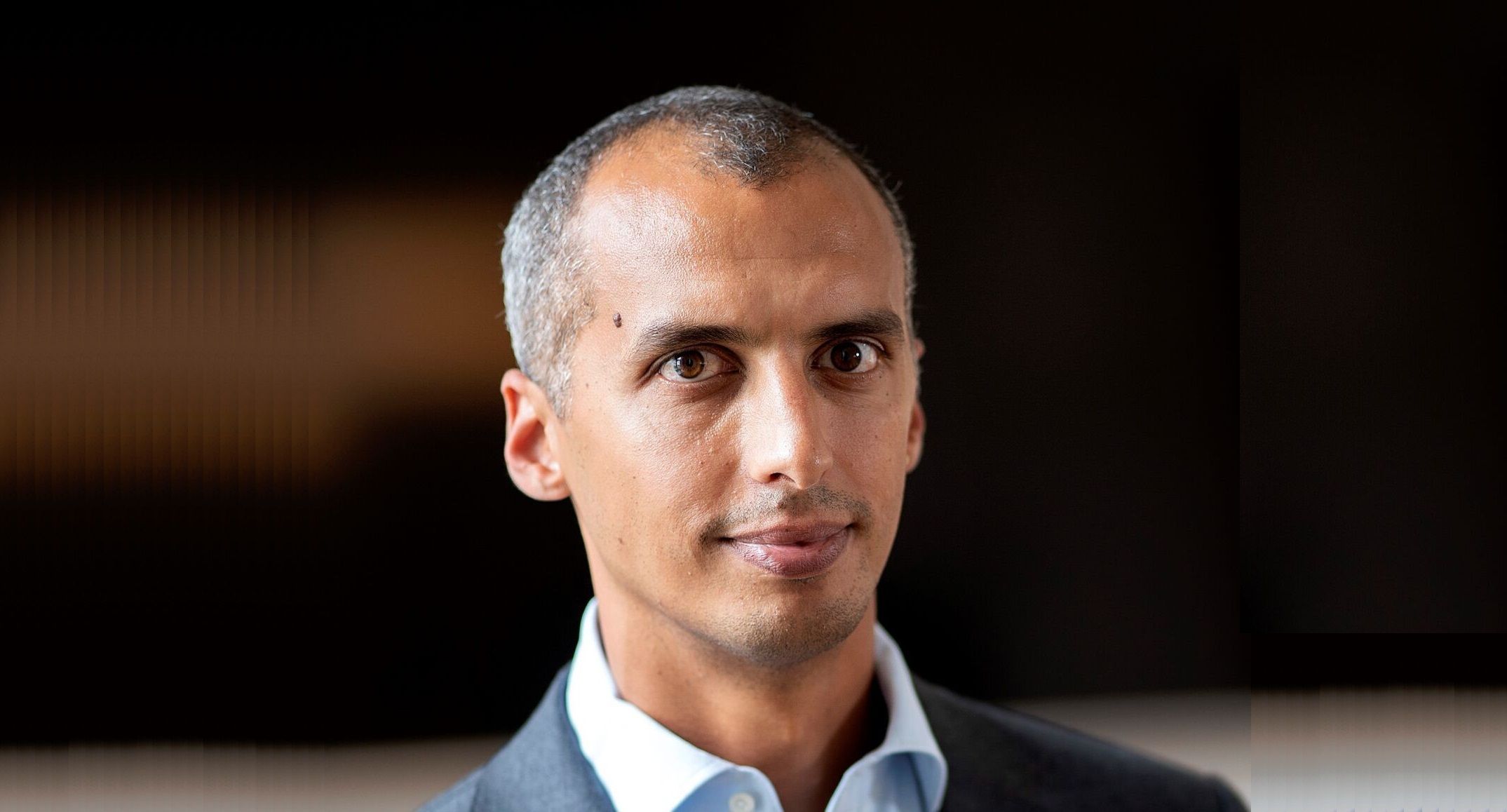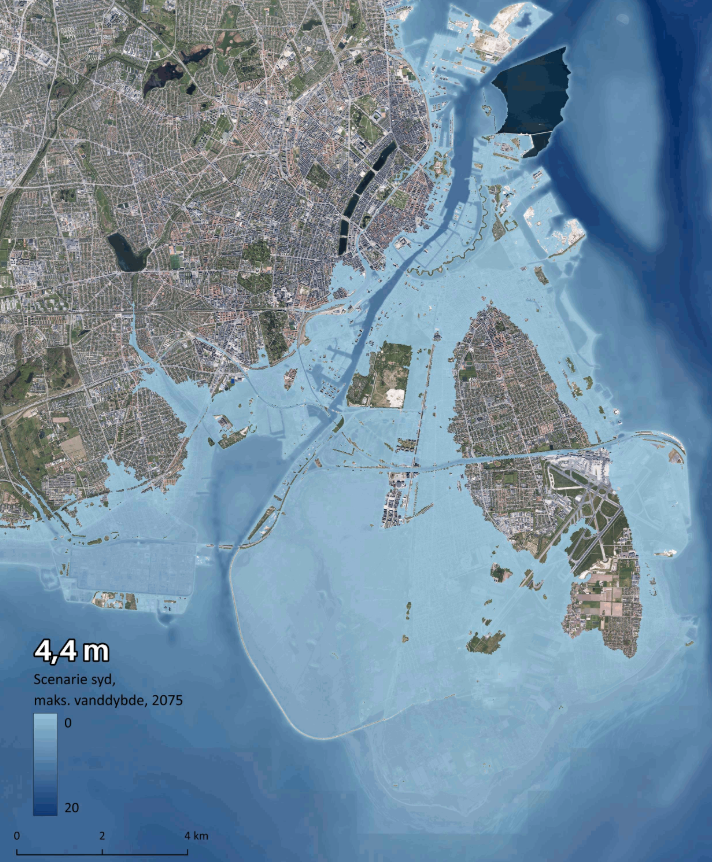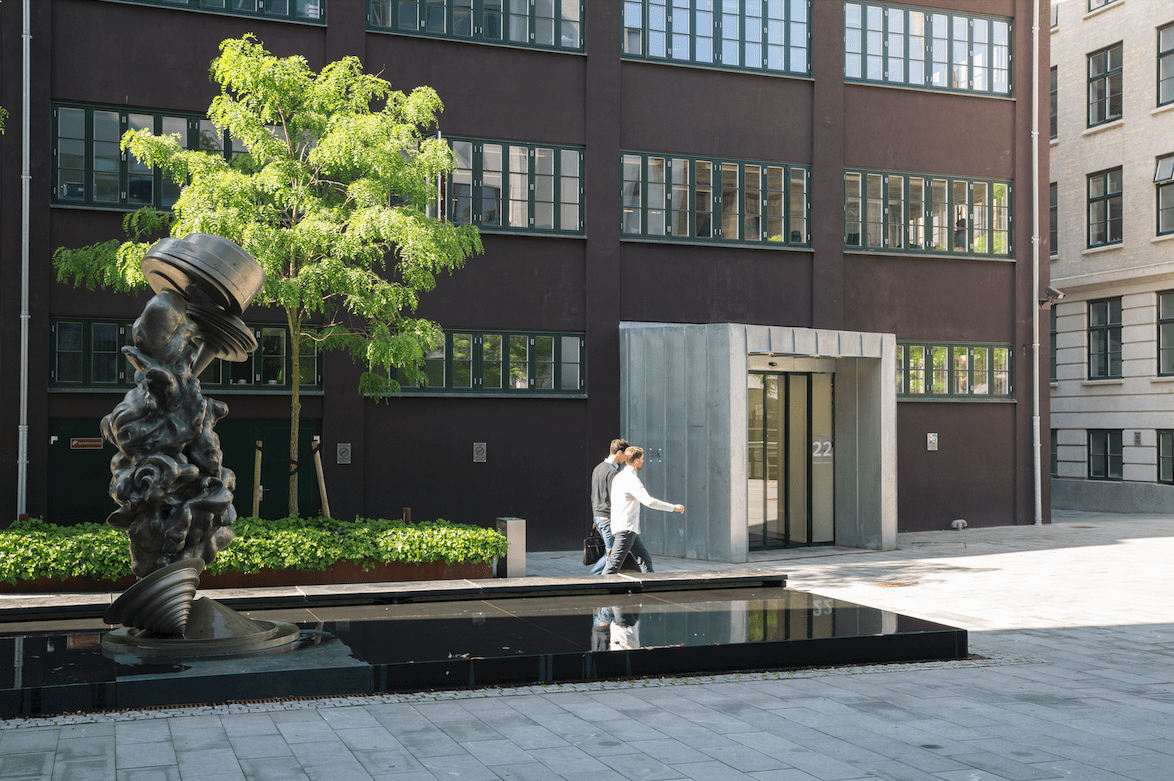The United Nations has decided to extend its observatory mission in civil-war torn Syria for 30 days but cut the total number of observers in the country by half. The move means five of the ten Danish members of the team have been sent home.
Those involved have not had much mobility recently due to the security situation in Syria. The mission has effectively been on hold for the past month.
“Our Danish observers say that it has been a very difficult task with some limitations, which made it difficult to do the job,” lieutenant colonel Jens Lønborg, the Army chief of operations, told the Berlingske news agency. “They did, however, accomplish many of the tasks they set out to do under very difficult conditions.”
Lønborg said the security restrictions of the last month have made it hard for the team to be as active as they had been at the start of the mission.
The Danes have been sent home as part of an overall reduction of the entire UN mission in Syria. As of June 30, 278 unarmed UN observers were working with 81 international and 40 local civilian auxiliaries. About half of the unarmed observers have been sent home. The UN said the restructuring is part of a plan to get more Syrians involved in the mission.
Lønborg said that the Danish observers should be back on Danish soil sometime this week.
The UN has said that this last minute extension of the mission in Syria will be the “final” extension of the plan that was started by former UN secretary general Kofi Annan to help put an end to the 16-month conflict that has cost an estimated 19,000 lives.
The past week has seen violent fighting in Syria's two largest cities, Damascus and Aleppo.














